New Paper Shows Invasive Species Removal is a Nature-Based Solution for Climate Resilience
Island Conservation and partners have published a new paper quantifying ecosystem resilience on restored islands!
Restoring islands for nature and people worldwide.
Published on
September 12, 2017
Written by
Karl
Photo credit
Karl

An article published in Audubon Magazine provides insight on a potential new tool for conservation–gene drive–and its potential to enhance island restoration efforts. Island Conservation is working within a partnership–Genetic Biocontrol of Invasive Rodents (GBIRd)–to explore this tool.
Introduced, damaging, (invasive) rodents have invaded an estimated ninety percent of our world’s island archipelagos. Eradication of invasive rodents from islands can yield significant economic and conservation benefits. There have already been more than a thousand island invasive species eradications around the world. Hundreds of powerful case studies demonstrate that this conservation intervention is a powerful, cost-effective way to protect biodiversity. Once free of invasive predators, at-risk island plants and animals have an opportunity to recover and thrive, often with little additional intervention. For example, when rodents are removed from an island, native flightless birds and seabirds that nest on the ground, where eggs and chicks are vulnerable to invasive predators, can begin to recover. However, today’s eradication tools limit the rate and scale at which this crisis can be curbed.
Hundreds of case studies demonstrate that conservation intervention is a powerful, cost-effective way to protect biodiversity.
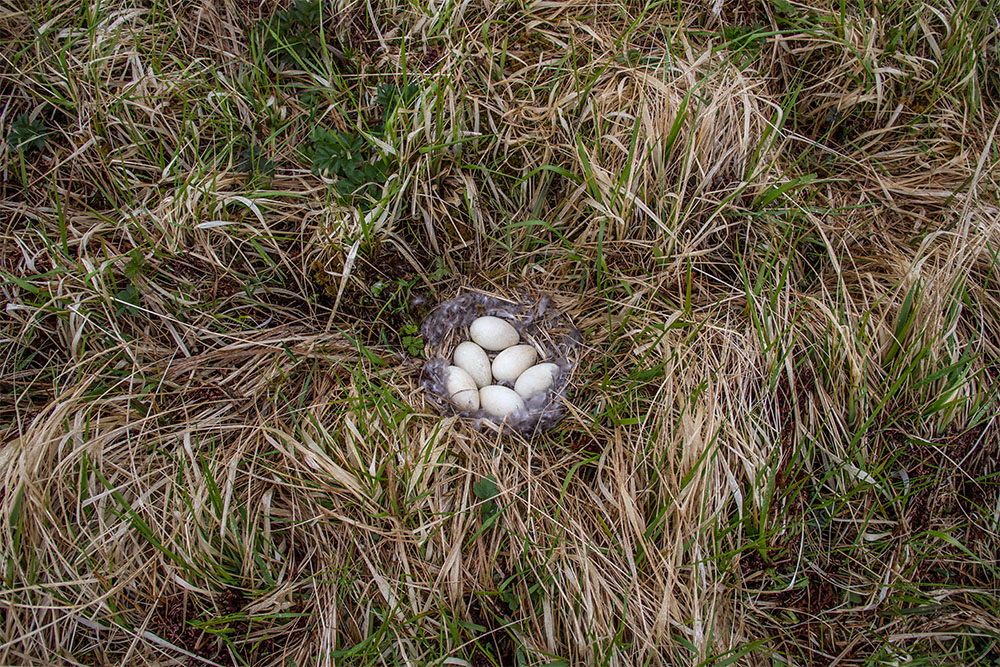
Gene-drive modified rodents is a promising concept. A mouse genome may be adjusted such that all its offspring are male, or female. Pairing this with a gene drive could cause up to 100% inheritance of this single-sex bias in offspring. These mice could be introduced to and interbreed with an island’s invasive mouse population converting the entire population to a single-sex. The invasive population would be unable to reproduce, effecting an “eradication by expiration,” which holds promise as a transformative innovation for island restoration.
New scalable, species-specific tools are needed to prevent further extinctions. The opportunity that gene drives as a transformative technology may bring to invasive species management is significant and worthy of exploring in a responsible and inclusive manner. You can learn more or get involved at the Genetic Biocontrol of Invasive Rodents website.
Featured photo: Nationally Critical Antipodean Wandering Albatrosses on Antipodes Island. Credit: Jason Zito/Island Conservation
Read the Audubon Magazine article
Check out other journal entries we think you might be interested in.
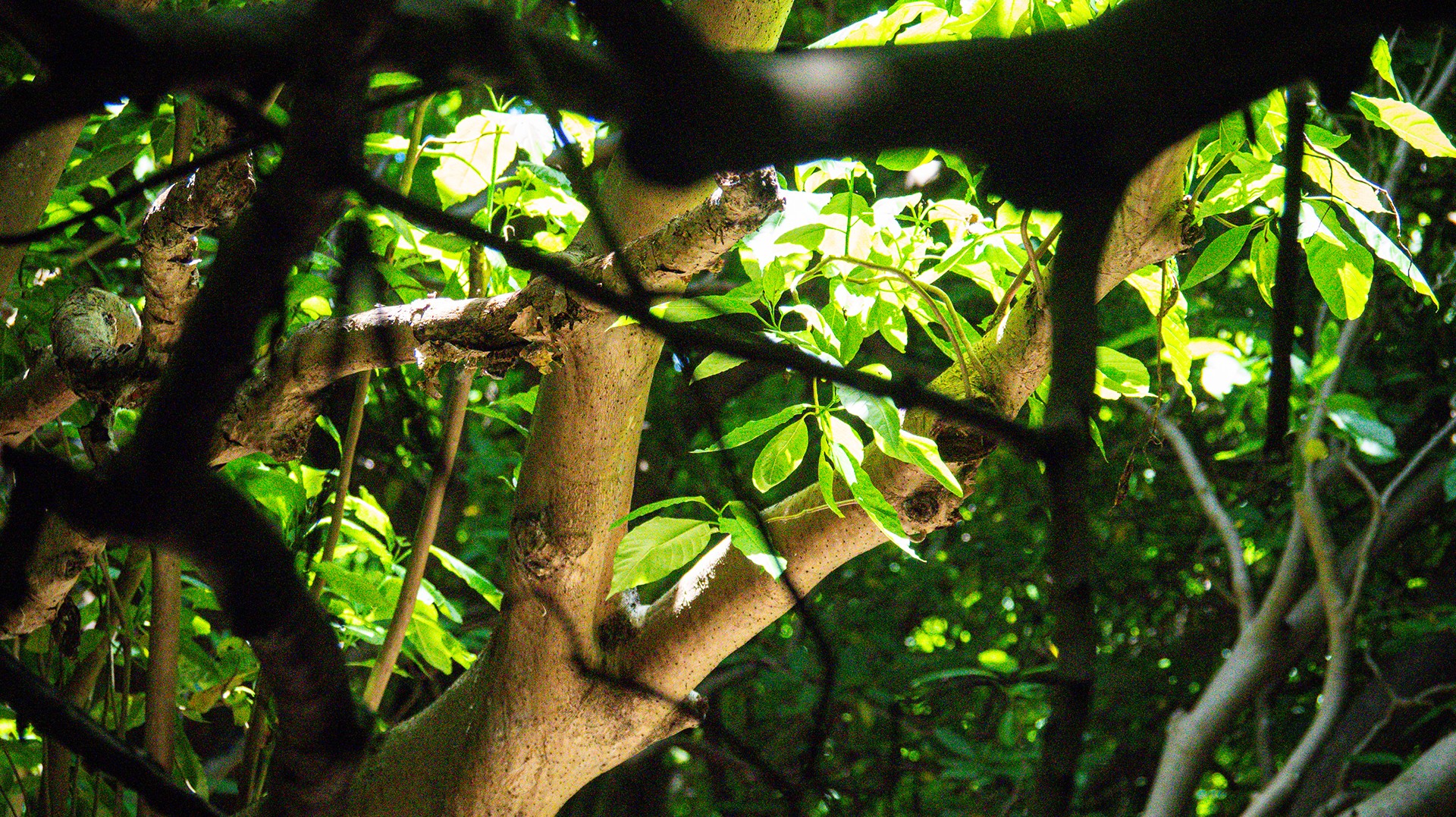
Island Conservation and partners have published a new paper quantifying ecosystem resilience on restored islands!
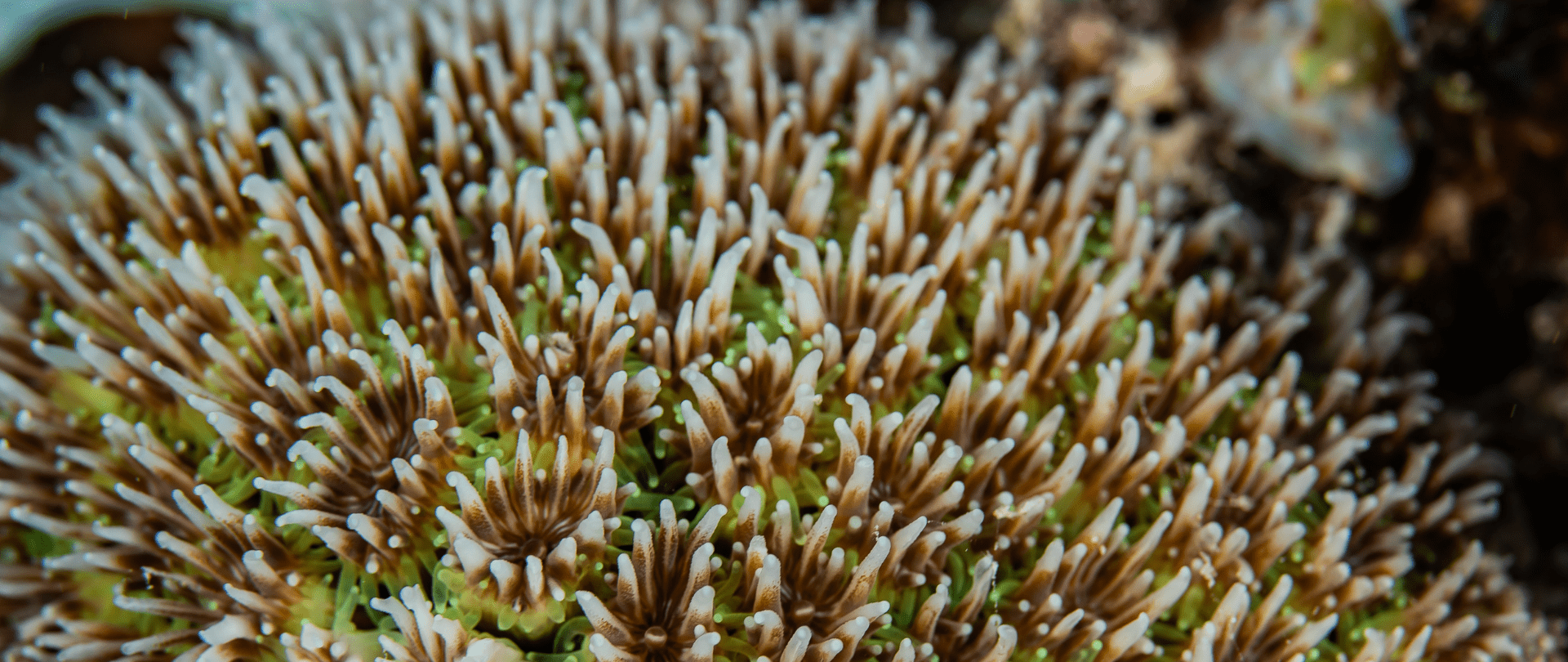
Climate Week NYC: what is it and why is it important? Read on to find out why Island Conservation is attending this amazing event!
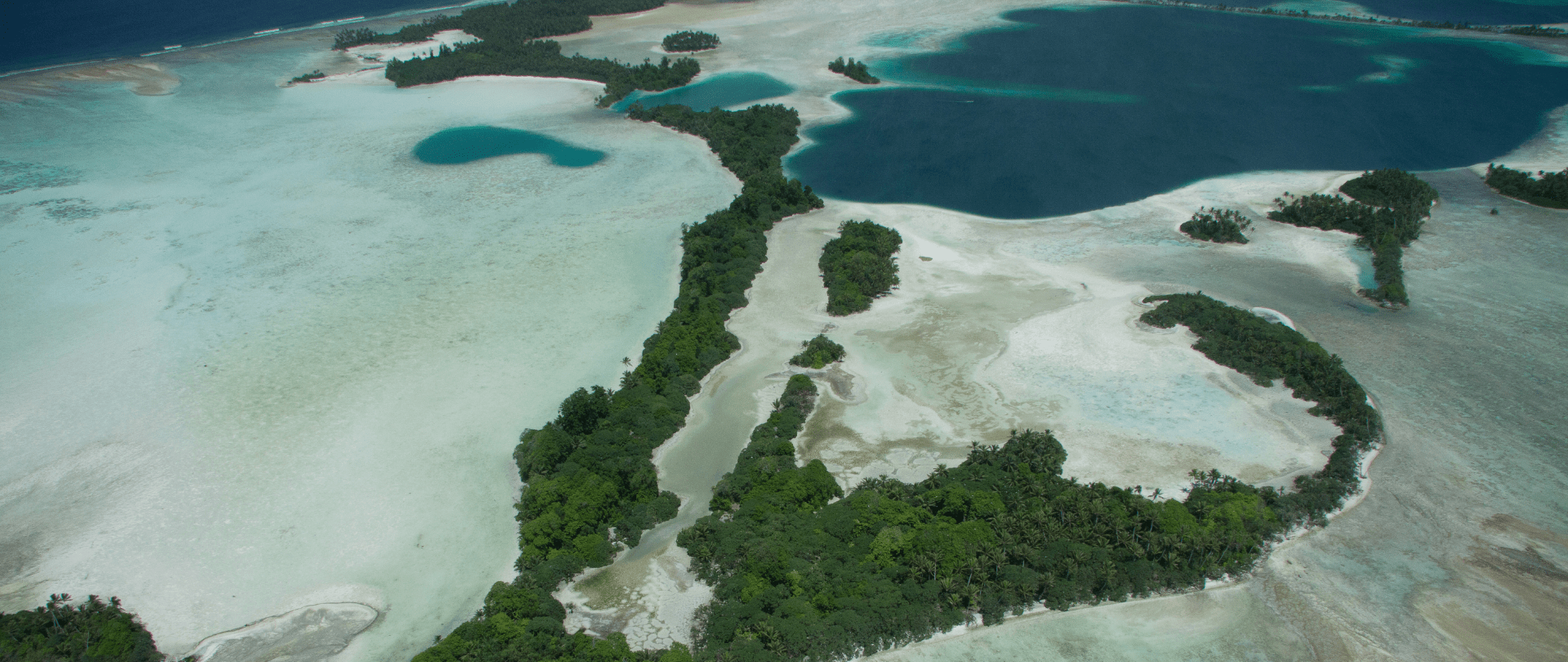
With sea levels on the rise, how are the coastlines of islands transforming? Read on to find out how dynamic islands really are!
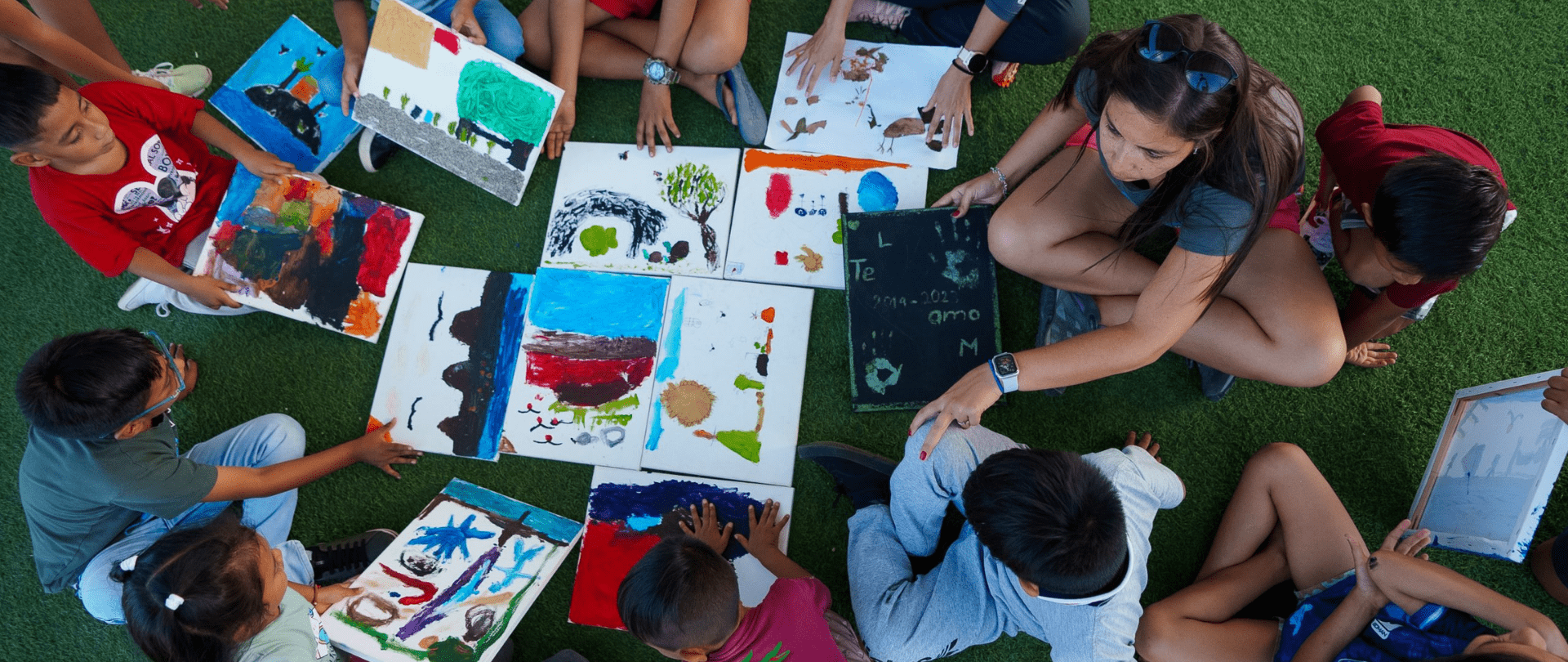
Join us in celebrating the most amazing sights from around the world by checking out these fantastic conservation photos!
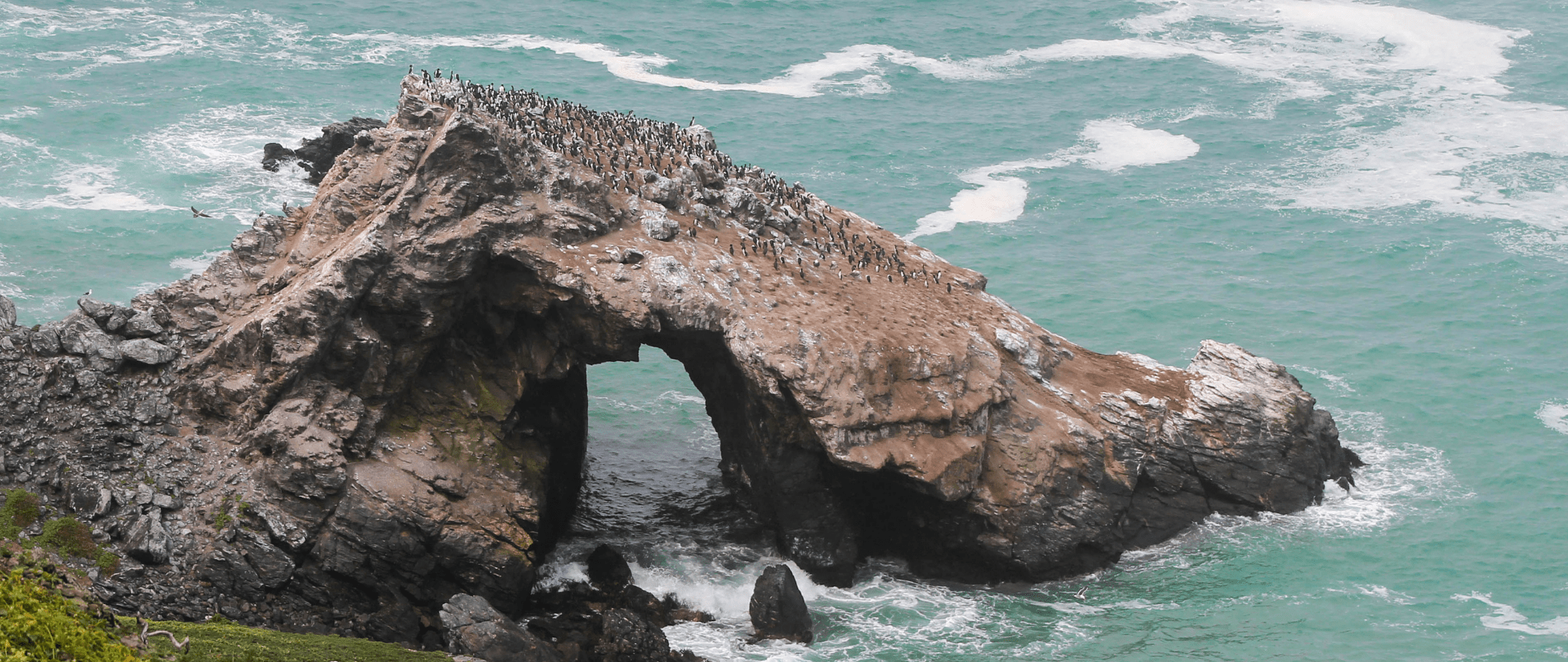
Rare will support the effort to restore island-ocean ecosystems by engaging the Coastal 500 network of local leaders in safeguarding biodiversity (Arlington, VA, USA) Today, international conservation organization Rare announced it has joined the Island-Ocean Connection Challenge (IOCC), a global effort to…
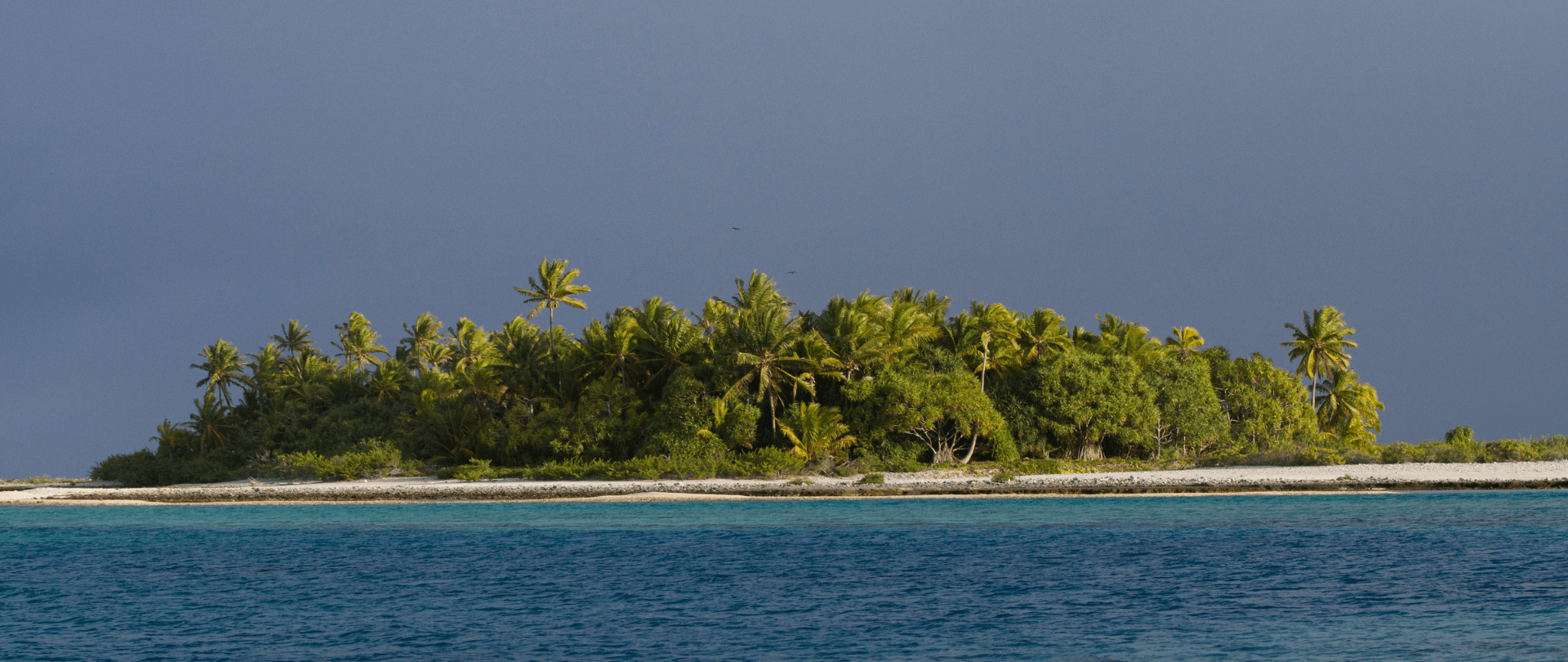
Island Conservation accepts cryptocurrency donations. Make an impact using your digital wallet today!
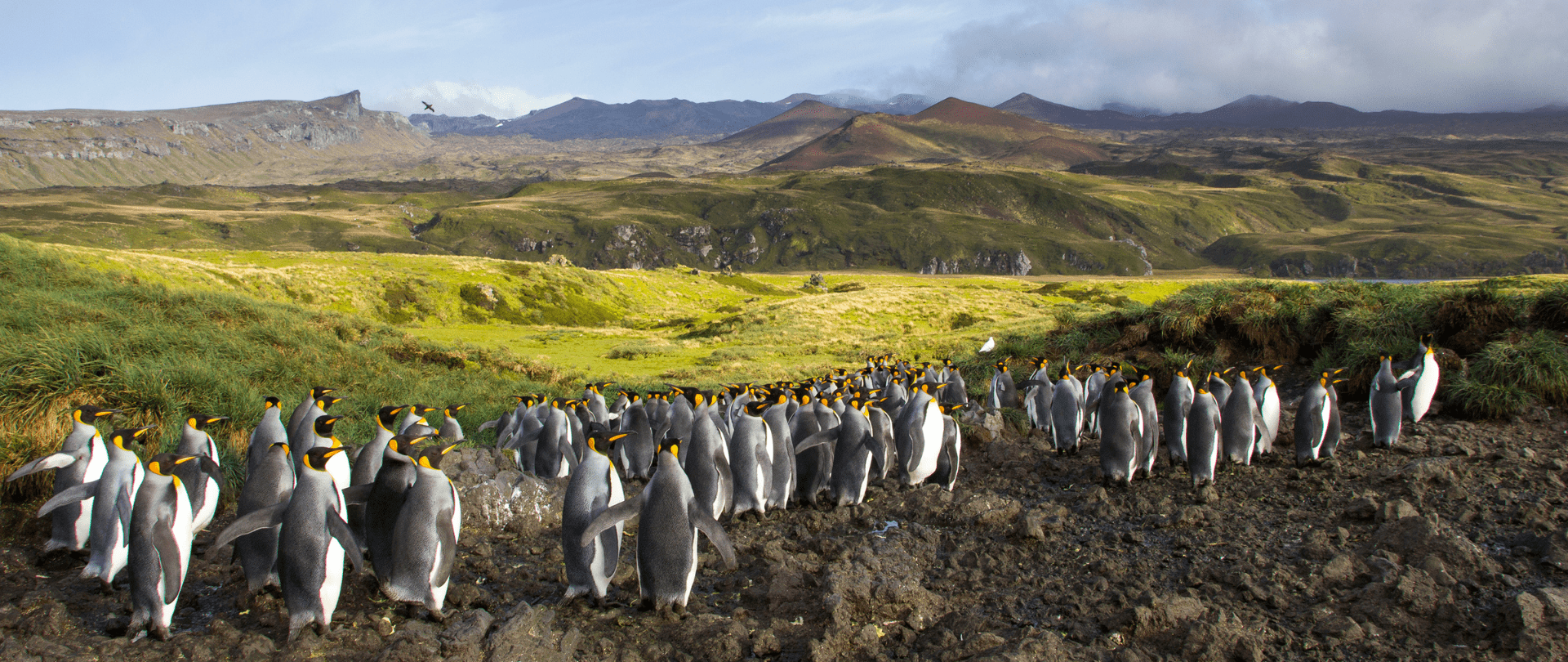
For Immediate Release Conservation powerhouse BirdLife South Africa has joined the Island-Ocean Connection Challenge (IOCC) – a global initiative aiming to restore, rewild and protect islands, oceans and communities – to support its work to save internationally significant albatross populations…
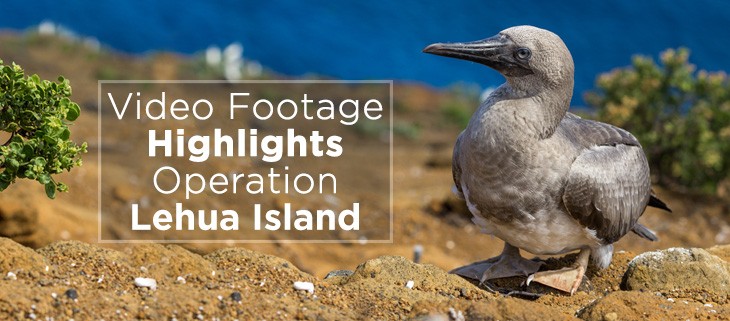
Video captures insights and hopes from the partners who are working to restore Lehua Island, Hawai’i. In 2021, Lehua Island officially became free from the threat of invasive rodents. This is a huge accomplishment that has enriched the region’s biodiversity…
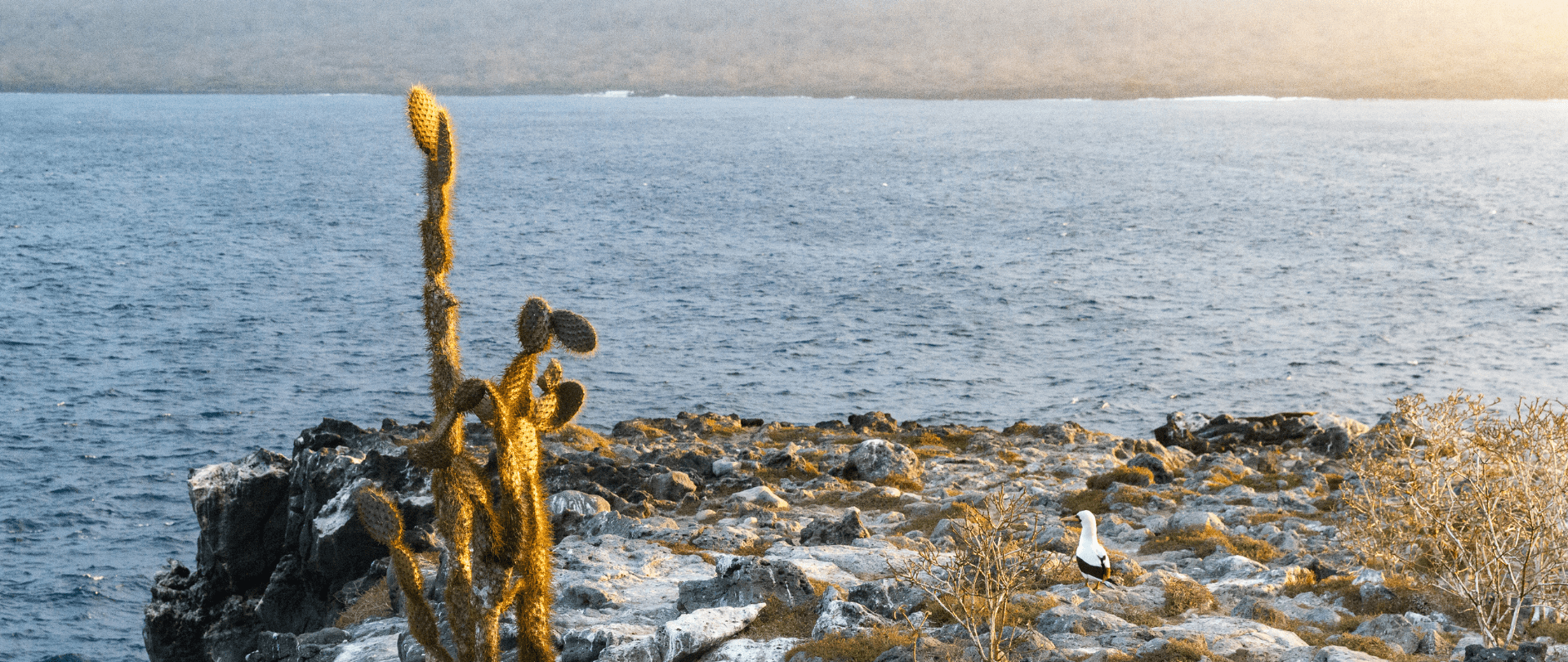
Carolina Torres describes how the project to restore and rewild Floreana Island signals hope for a future where people and nature can thrive together in the Galápagos.
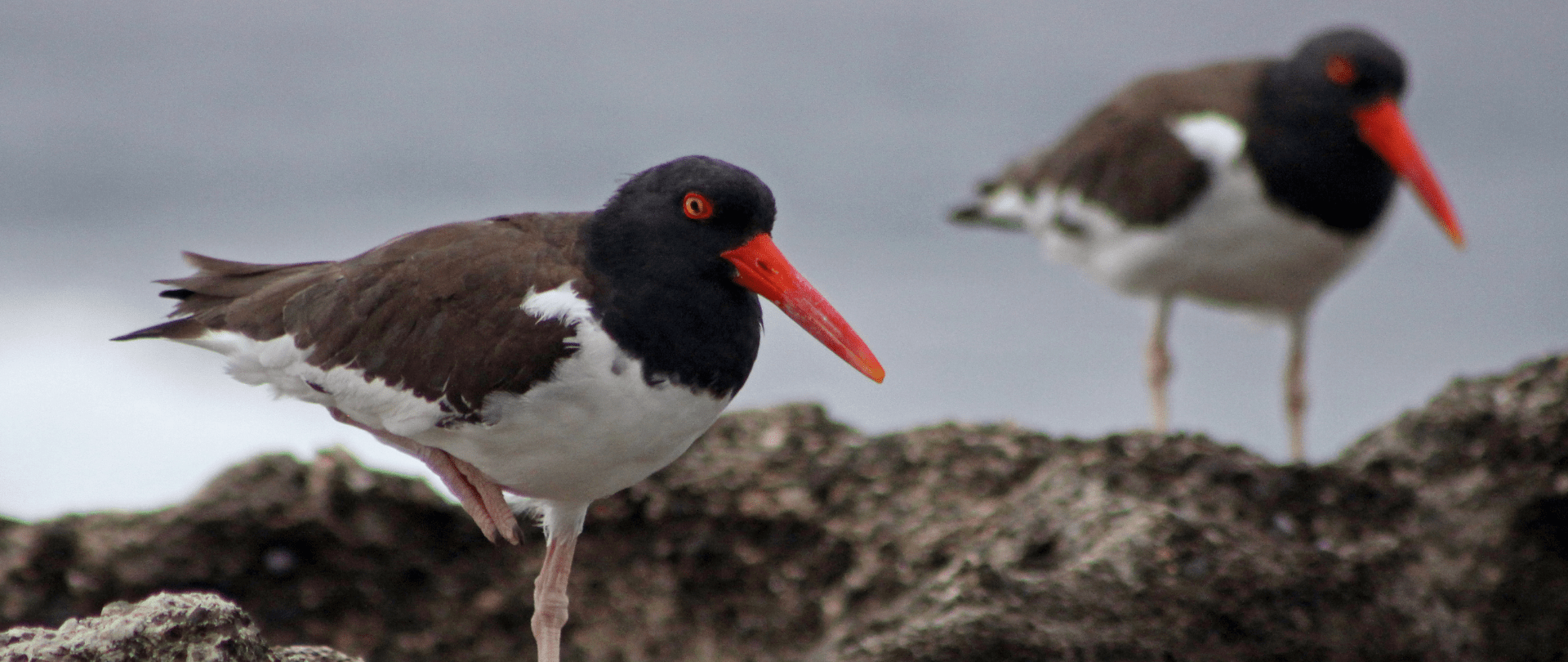
A new plan to restore seabird habitats in areas affected by the Deepwater Horizon disaster includes invasive species removal.